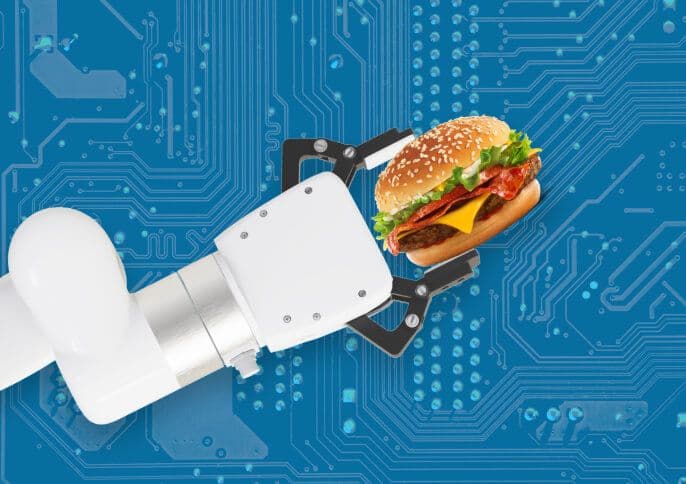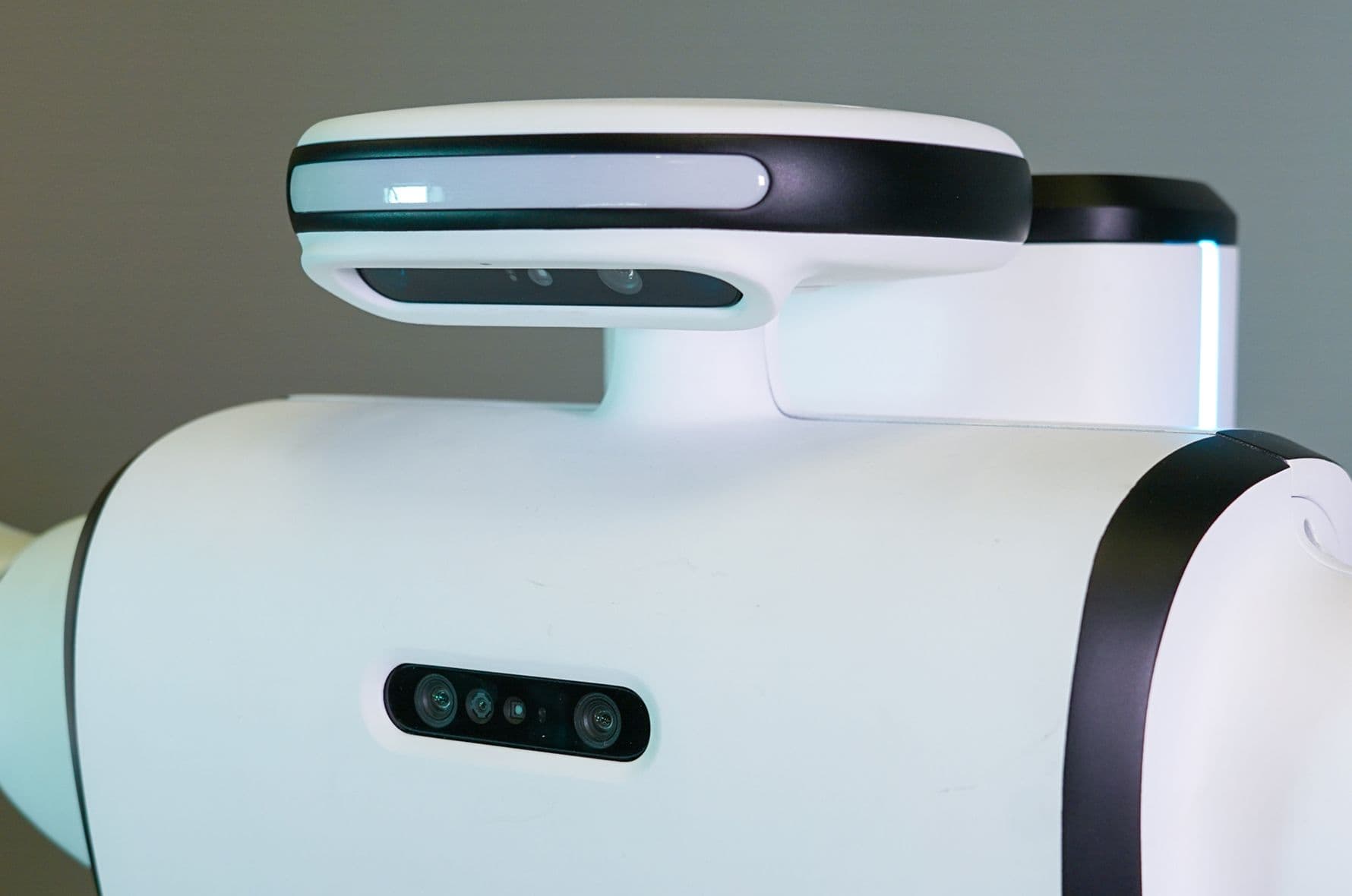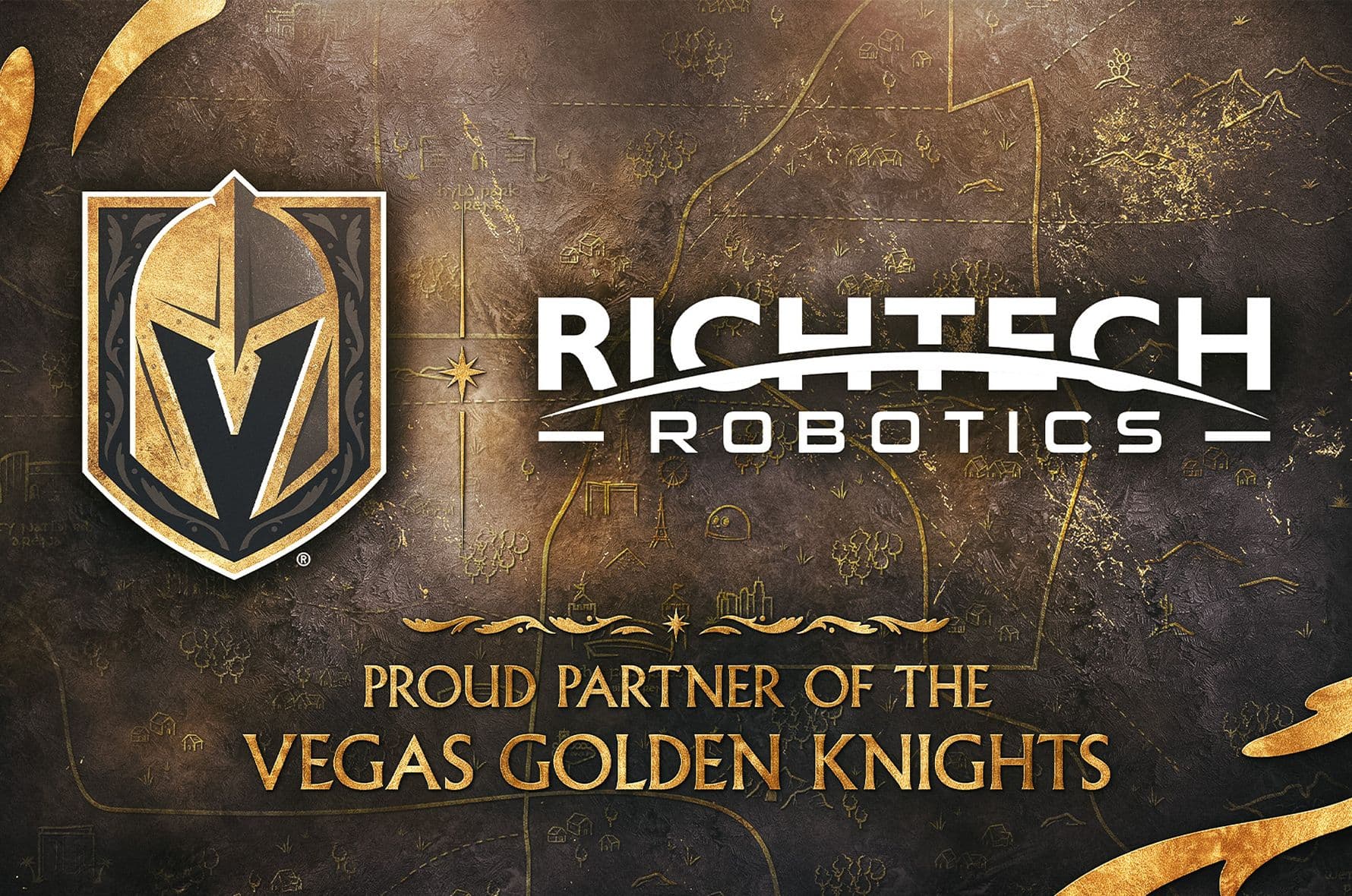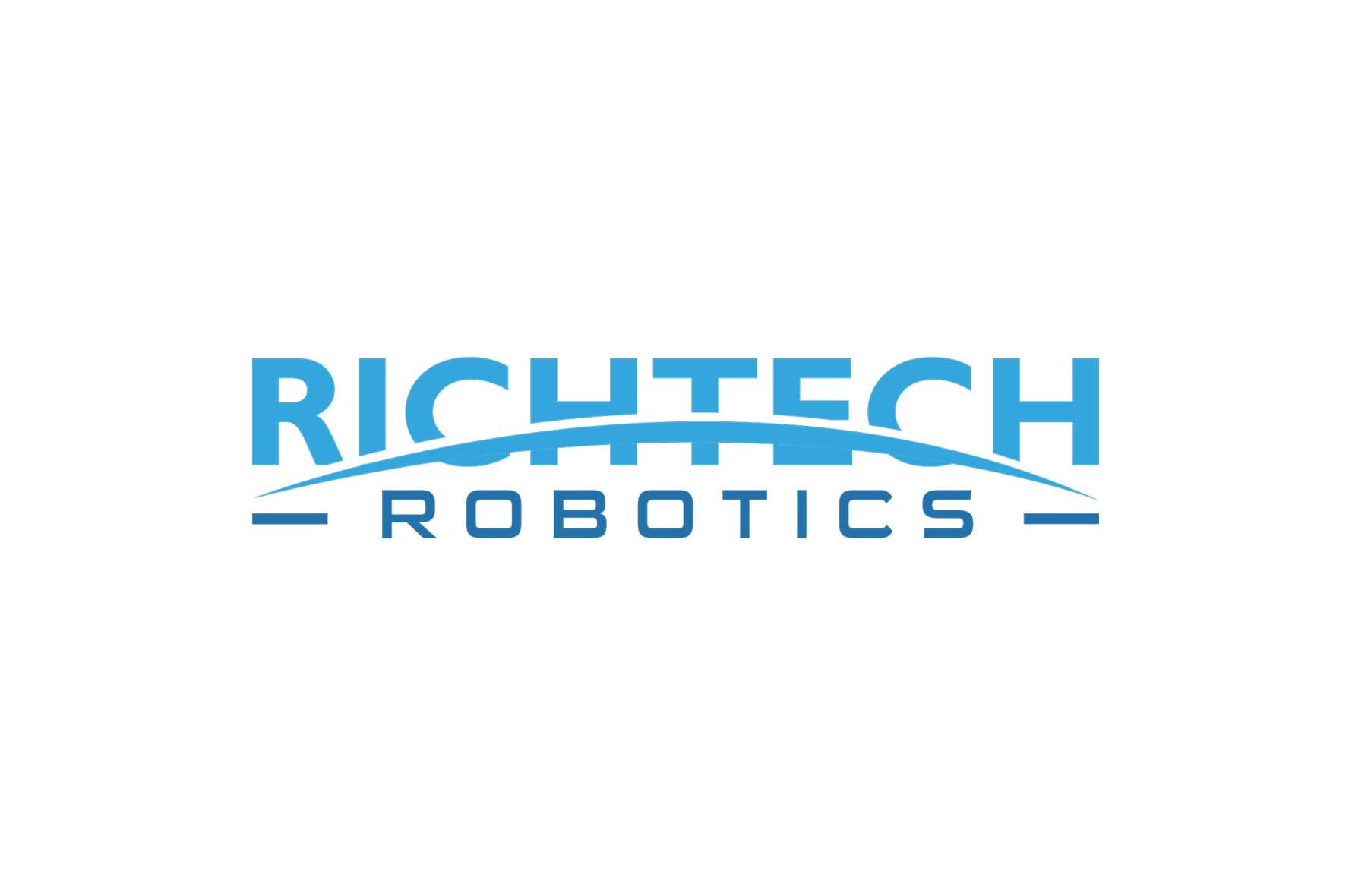Here's 5 ways automation in fast food will forever change the way you eat
By Timothy Tanksley
- Your order will actually be correct
- Your order will come out faster
- Your order will be more sanitary
- Your order will be consistent every time
- You won't have to wait in line for as long
- Your order will actually be correct
- Your order will come out faster
- Your order will be more sanitary
- Your order will be consistent every time
- You won't have to wait in line for as long
The Five Ways
Your order will actually be correct
One common gripe about fast food restaurants is how often orders are taken wrong.
The average fast food chain delivers orders with 85% accuracy, meaning that 15% of all orders are wrong. This issue is so important to customers that studies have even been conducted showing which fast food restaurants mess up orders the most (it's KFC by the way).
To solve this problem, some fast food chains are turning to artificial intelligence powered order taking machines. These machines have been reported to take orders with 95% accuracy and improve labor and productivity by as much as three times.
Another way fast food restaurants are helping improve the accuracy of orders is by having customers place their own tickets through kiosks. These are becoming common in restaurants like McDonald’s and other fast food chains.

Fast food ordering kisok not only ensure that the customer is placing the exact order that they would like, they also tend to raise average ticket prices and help lines move significantly faster, so you wait less.
Your order will come out faster
By implementing automated systems, food preparation and delivery can be streamlined, meaning you get your double-stacked bacon cheeseburger and fries faster.
Fast food restaurants can implement more efficient workflows by pairing automation and human labor, such as using conveyor belts to transport orders to the kitchen and automated appliances that can cook multiple orders at once.

Some sushi restaurants have been using conveyor belts to increase efficiency.
All of these advancements in automation technology are helping to speed up the process of getting orders out to customers, resulting in faster service and a more positive customer experience.
Your food will be consistent everywhere
If you order a Big Mac in Florida, it will taste the exact same as a Big Mac from Alaska.
This level of consistency has been vital for fast food restaurants in building a loyal fanbase.

Consistency is key in fast food.
However, with a decline in available workers, consistency has been hard to maintain.
While human fast food workers are pretty good at being consistent, nothing beats automation.
Along with standardized recipes and proper employee training, automation technology can ensure that every meal is prepared with the correct amount of ingredients and cooked at exactly the right temperature and time. This reduces the number of inconsistencies, therefore improving the likelihood of having repeat customers.
Your order will be more sanitary
The COVID-19 pandemic has brought into focus the significance of hygiene and sanitation in the food service industry.
Fast food restaurants have had to reconsider their operations to ensure the safety of their customers and employees.
With the use of automated systems, fast food restaurants can strategically limit human contact and ensure that food is prepared with the highest level of cleanliness and sanitation.
In addition, automated systems like DUST-E SX can be used to clean surfaces and equipment regularly, reducing the risk of contamination.

Your order will be less wasteful
According to the National Restaurant Association, an average restaurant generates 50,000 pounds of food waste annually, and up to 10% of food gets wasted during the ordering process.
With automation systems such as inventory management and smart cooking equipment, fast food businesses can significantly minimize their food waste.

These systems can monitor ingredient levels in real-time and adjust cooking quantities accordingly, preventing overproduction and waste.
Moreover, since automated cooking equipment ensures that food is cooked optimally, it reduces the likelihood of food being thrown away due to overcooking or undercooking.
Conclusion
In summary, the fast food industry is undergoing a significant transformation with the help of automation technology, leading to enhanced efficiency, accuracy, sanitation, and reduced waste. These advancements are already benefiting fast food chains by saving time and resources, while also offering customers a better experience. As we move forward in the post-pandemic world, it is likely that automation technology will continue to play a critical role in the food service industry.
What are the benefits of automation for the fast-food industry?
Automation technology offers several benefits to the fast-food industry, including increased efficiency, improved consistency, and reduced food waste. With automated systems such as digital ordering platforms, kitchen display systems, and automated cooking equipment, fast-food restaurants can provide a high-quality, consistent experience for customers while also reducing costs and improving their environmental impact.
The challenges of automation in the food and beverage industry
While automation technology offers numerous benefits to the food and beverage industry, there are some challenges to consider. These include upfront costs of implementing automated systems, modifications to existing workflows, and an adjustment period. However, with careful planning and implementation, these challenges can be overcome to create a more efficient and sustainable industry.
Which fast food chains are testing automation?
Many fast food chains are currently testing automation technology with success, including McDonald's ordering kiosks, Burger King’s AI menu, and Taco Bell’s automated inventory management. By embracing automation, these chains are able to streamline their operations, reduce costs, and provide a more efficient and consistent experience for customers.
Will robots and humans work together?
Yes, robots and humans are expected to work together in many industries, including the food and beverage industry. While automation can handle repetitive and tedious tasks, humans can provide the creativity, problem-solving skills, and personal touch that are necessary in many aspects of the industry. The combination of human and robot labor can lead to increased efficiency, productivity, and overall success.
Is the Restaurant Industry Ready for Automation?
Yes, the restaurant industry is increasingly embracing automation technology as a way to increase efficiency, reduce costs, and improve customer satisfaction. While there may be some initial challenges in adapting to new technology, the benefits of automation are becoming increasingly clear to restaurant owners and operators.


